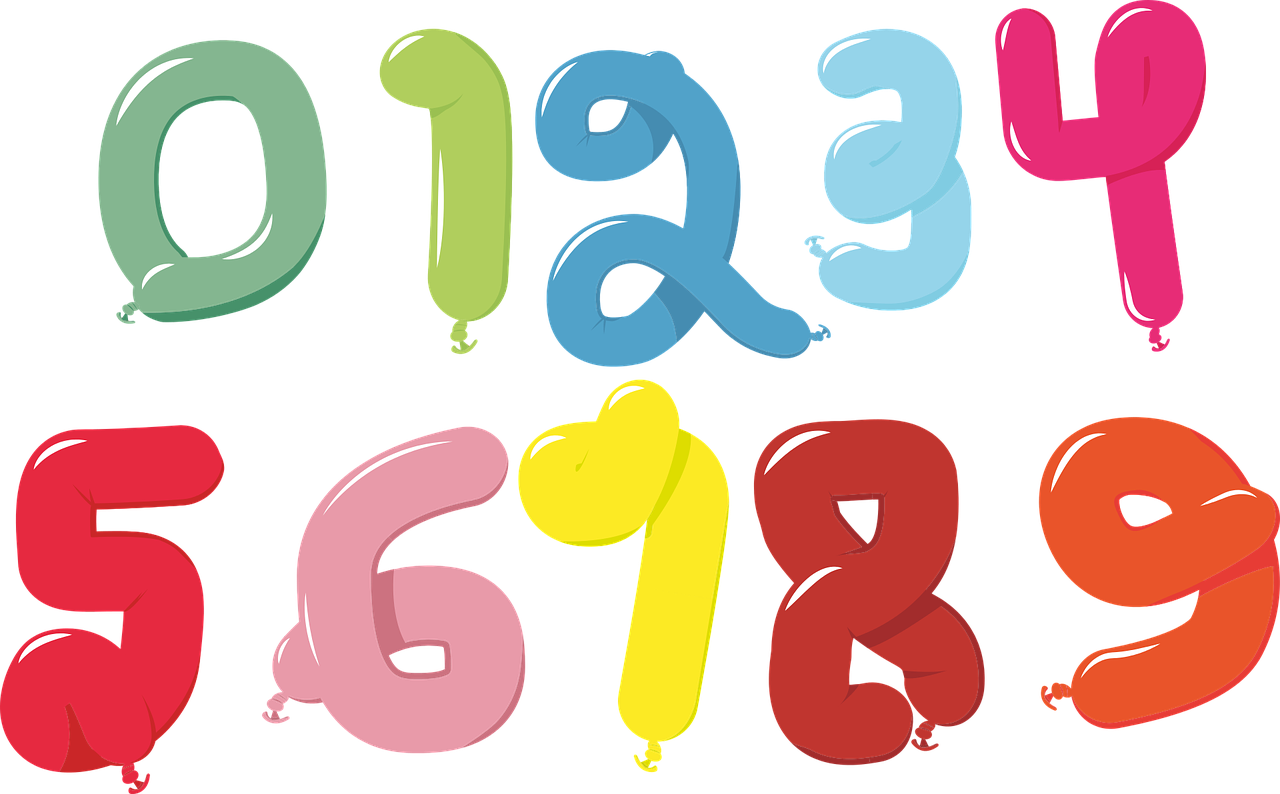

I am a five-digit number made of the digits \(0\), \(3\), \(4\), \(6\), and \(9\). In my number, the following are true.
The digit \(4\) is in a position whose place value is \(10\) times the place value of the position of the digit \(9\) and \(100\) times the place value of the position of the digit \(0\).
The digit \(3\) is in a position whose place value is \(100\) times the place value of the position of the digit \(9\).
The digit \(0\) in a position whose place value is \(10\) times the place value of the position of the digit \(6\).
What number am I?

The positions in a five-digit number are: ones (units), tens, hundreds, thousands, and ten thousands.
Since the \(4\) is in a position whose place value is \(10\) and \(100\) times the place value of other positions, the \(4\) cannot be in the ones or tens position.
Since the \(3\) is in a position whose place value is \(100\) times the place value of another position, the \(3\) cannot be in the ones or tens position.
Since the \(0\) is in a position whose place value is \(10\) times the place value of another position, the \(0\) cannot be in the ones position.
So the ones position must contain either the \(9\) or the \(6\).
Let’s assume that the \(9\) is in the ones position. Based on the first clue, the \(4\) must be in the tens position since \(10 \times 1 = 10\). However, we have already stated that the \(4\) cannot be in the ones or tens position. So we cannot put the \(9\) in the ones position.
Therefore, we can conclude that the \(6\) is in the ones position. Based on the third clue, the \(0\) must be in the tens position since \(10 \times 1 = 10\). Knowing that the \(0\) is in the tens position, we can use the first clue to conclude that the \(4\) must be in the thousands position, since \(100 \times 10 = 1000\). Also, the \(9\) must be in the hundreds position, since \(10 \times 100 = 1000\). Now the only position that is left, the ten thousands position, must contain the only digit left which is the \(3\). This is consistent with the second clue since \(100 \times 100 = 10\,000\).
Therefore, the number must be \(34\,906\).